I’ve read 5 books in the last 2 weeks!
What’s so amazing about that? Well, it’s the same number of books I read all the way through in the previous four months.
For over a year, and maybe even closer to two, I have been in a really baffling reading slump: Nothing sounded good, what I started I wouldn’t finish, I’d read reviews and log titles into Goodreads but never put holds on them, I’d walk past the new book shelves at work without wondering if my authors had fresh titles out. If I felt like reading, I’d re-read something really familiar.
Now, don’t get me wrong, I was still reading a book or two a month, but that’s pretty slow going for me; my usual pace before this had been two or three titles a week.
It was SO WEIRD. And I know this is a little off-topic for this blog, but I found myself thinking about reading A LOT over the past month or two, and wondered if anyone else had dealt with something like this!
I had a conversation on Twitter about it with a few people on June 12. And then all of a sudden, a few days later, I seemed to snap out of it. I brought home almost a dozen books, I finished the first one on the 15th, and two more on the 17th and 18th, and two MORE on the 23rd and 24th. (I’m a Goodreads addict, that’s how I know.) Now I’m in the middle of three more and can’t wait to pack books for vacation and it feels so good to be reading again!

The good thing about a reading slump is that when it's over, you have 2 books to read in all your series
Why do reading slumps happen?
I’ve been thinking about mine, and I have a couple theories.
One is that I’ve been in a pretty intense phase of research, learning, synthesizing, and writing for the past year or so at work. In response to the new Every Child Ready to Read materials, I’ve been investigating how children develop cognitively in terms of reading, writing, talking, singing, and playing. I’ve taken in a lot of information, and I’ve been responsible for increasing amounts of content creation to provide early literacy information and support to our staff.
Another factor I think is how my Twitter network has grown over the years. I’m following almost 500 people–200 of them youth services librarians–and SO MANY links to SO MANY interesting articles float past in my feed every hour. I don’t read them all, who could? But I know I’m reading way more long essays online than I used to, and I love it. It’s like having a subscription to 100 magazines!
The last piece of the puzzle is that last year I challenged myself to read 365 picture books. And I did! I can’t remember the last juvenile chapter book that I’ve actually finished, but my picture book reading has been higher than at any other time of my life as a children’s librarian.
So in thinking about it, I’m realizing that my reading slump wasn’t really a slump–I’ve just been reading different types of works and in different formats.
So why would the slump end now?
Well, maybe I’m adjusting to the type and level of informational reading I’m currently managing at work. Also, a number of high-energy projects I was working on this winter and spring outside of work wrapped up by the end of May. (Yahoo! Summer!) And maybe I just started missing that feeling of finishing a really great new story!
Whatever is the cause of my reading slump or the reason for it ending, I’m just happy to be back in my old groove. It felt funny to be a librarian who “wasn’t reading,” especially since I keep an eye on so many great book review blogs…sometimes it felt like I was the only person in the world who didn’t have a favorite new title to talk about!
Finally, here’s some of the great suggestions I was offered on Twitter a couple of weeks ago. Do any of these work for you when you need a reading boost?
@andiemama says it helps her to have a list to work through, and a reason to read something. For instance she reads through the Caudill nominees every year. Then, if her other books aren’t appealing, she just picks up a title from the Caudill list. eBooks (yay portability & accessibility) and audiobooks also mix it up a bit and help keep reading fresh.
@tcy28 says that non-fiction helps her get out of a rut, sending her in new directions, as does genre-hopping. Trying a completely new kind of story (for her it was steampunk) can help get you going again!
@readingchick likes a challenge, such as the 48 Hour Reading Challenge, or a group challenge, to get her going again. She also mentioned audiobooks as helping her when she’s in a slump.
@ipapaverison said she had a reading slump when she was teaching middle school, and that’s when she started reading 2 or 3 books at a time…which worked to get her out of it!
Has this ever happened to you? Why do you think it happens? How did you get out of your slump? Did your reading habits or patterns change once your slump was over?
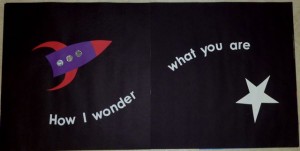


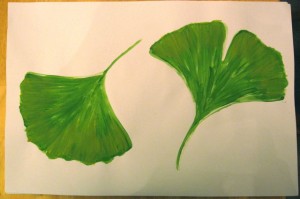
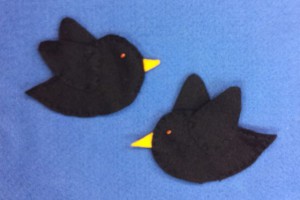
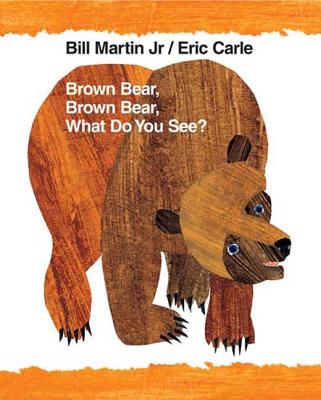
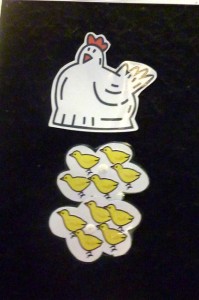
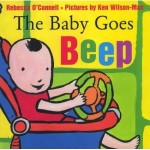


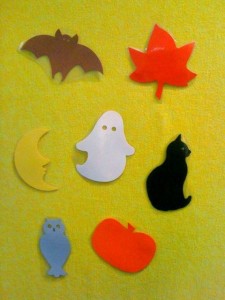


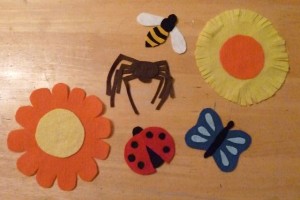
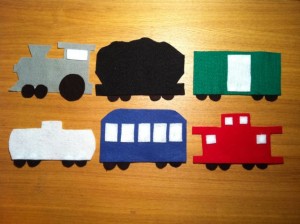
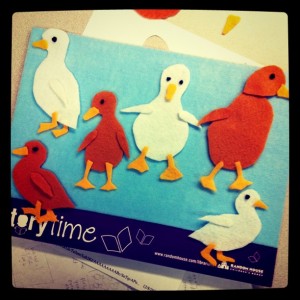
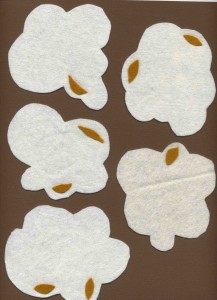
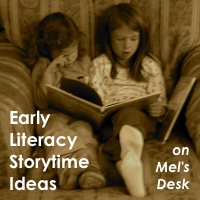

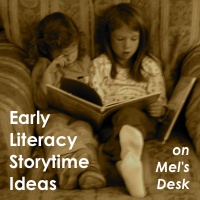
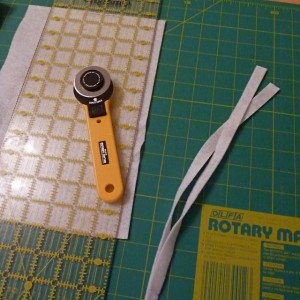
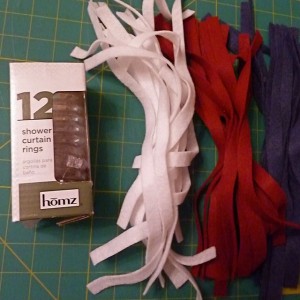
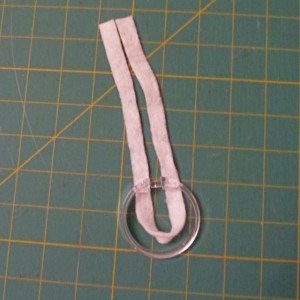
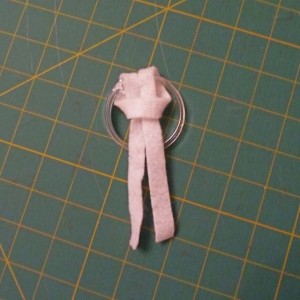
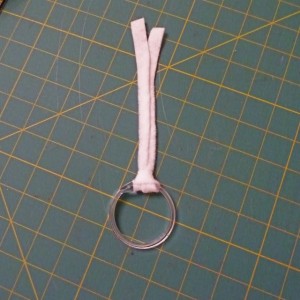
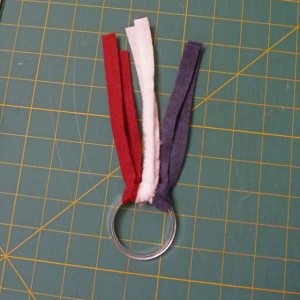

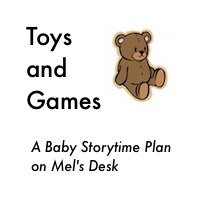
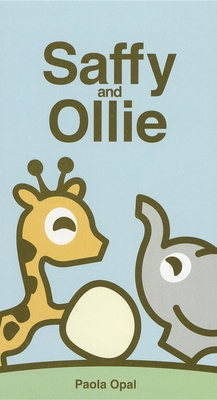
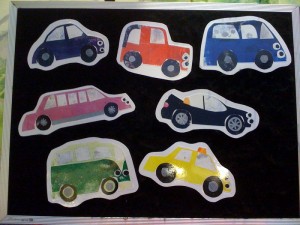
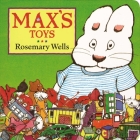

.jpg)
